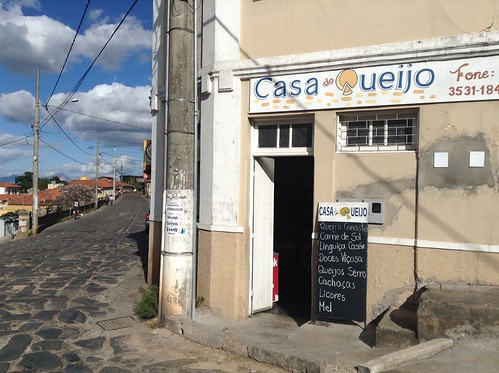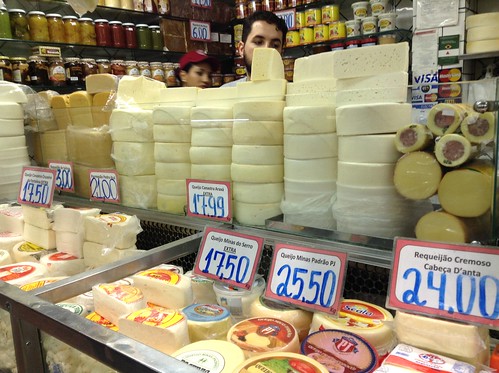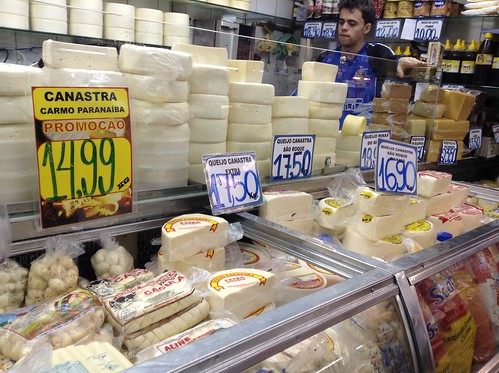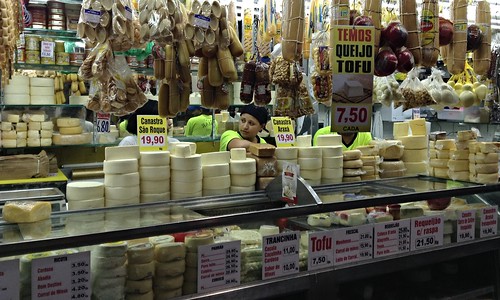
Cheeeeeeese.
It may be the best thing about the Brazilian state of Minas Gerais, which is saying something. Because there’s a lot to like. Minas Gerais is also Brazil’s top-producer of premium cachaça and coffee. The state’s rich food is mimicked throughout the country. The hills and mountains are spectacular. The old colonial cities are enchanting. The rock climbing is the best in Brazil.
But the cheese…

Minas cheese is soft and wet. It’s juicy and salty. It’s difficult to not sound sexual when describing it, because it’s that amazing. The Brazilian Institute for National Historic and Artistic Heritage (IPHAN) in 2008 declared Minas cheese a Brazilian Immaterial Cultural Heritage. It’s so good that it’s immaterial, like beauty itself.
Forget Vermont cheddar. Queijo minas is what cheese should be. It’s made from raw milk, which gives it a funkier and spunkier smell and taste than pasteurized cheeses.
It’s also illegal in the United States. In the US, all raw milk cheese must be aged for a minimum 60 days before being sold (so as to give the salt and acids time to kill harmful bacteria). Queijo minas is available on store shelves after only ripening for several days.
Sure that increases the risk of catching Salmonella, E. coli, and Listeria. But how can something that tastes so right be wrong?

There are many varieties. Canastra comes from the Canastra Mountains. Serro comes from the village of Serro. If you want really unripe cheese you get frescal (fresh). If you want a cheese that’s several weeks ripened, you get curado (matured). If you want something in the middle, you get meia-cura (half-matured). It’s all very fatty. Queijo minas is about 50 percent fat (compared to 30 percent in cheeses like Parmesan and cheddar). But it’s worth it.
In Minas, it seems every neighborhood has its own cheese shop (like the one pictured above, in Diamantina) and every grocery has an overflowing selection of cheese blocks for $3-$5. Elsewhere in Brazil, a good cheese is hard to find. In the neighboring states of São Paulo and Rio de Janeiro, similarly priced cheeses are bland, while half-decent cheeses are expensive.
One of the best places to go cheese shopping is in the state capital of Belo Horizonte at Mercado Central, which is filled with stacks of loaves and wheels of queijo minas. It might seem unappetizing: all this unripe cheese exposed to the coughs of hundreds of passers-by and the smells of nearby chickens and ducks up for slaughter. I kept coming back.

